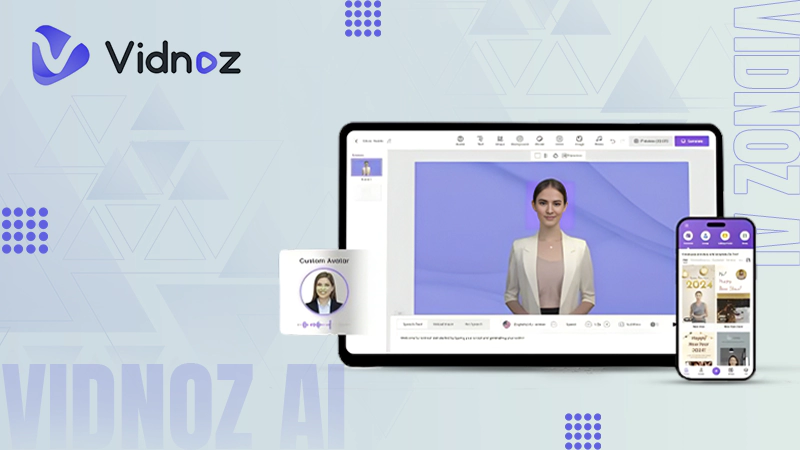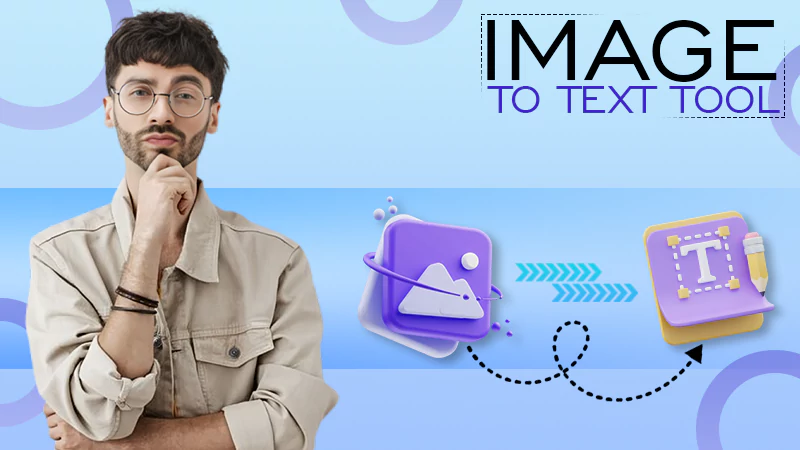Everything You’ve Ever Wanted to Know About Web Application Development
During the pandemic, where COVID-19 has shaken the professional and social life, it has unexpectedly boosted digital transformation and e-commerce. Whether you are working from home or maintaining a business online, web applications have provided the convenience and productivity that you needed in this crisis.
It’s high time that you should know about the web application development process that is most demanding and popular these days. Don’t you believe me? Well, maybe you will trust the U.S. Bureau of Labor Statistics, which has predicted a 13 percent growth in the employment of web developers and designers from 2020 to 2030. That is faster than any other occupation
Web application development requires meticulous planning to create a logical design of what you want it to do.
Also Read : (Angular.js, Product Software Development, and Blockchain) The Perfect Trio for Building Cutting-Edge Applications
Next, technical implementation occurs, where programmers, through coding, make up your site’s functions and interactions—finally, testing to fix any bugs before launching the web application.
If you are a beginner, this guide will equip you with a basic understanding of the web application development process.
What Exactly is a Web Application?
In layman language, the web application is a program that performs a specific task/operation. For instance, Google Docs is a web app that allows you to create, edit, delete, or share your document with anyone around the globe that has a Google account.
The technicalities behind a web app, though, are not that simple. The development of a web application involves:
- Web Technologies (HTML, CSS, JS)
- Database
- Data Manipulation (CRUD)
The common examples of web apps are Google Docs, Netflix, Evernote, and Airtable, to name a few.
Types of Web Applications
Depending on the function, web applications can be classified into the following types:
Also, Read This: 7 Questions About Accessibility for Your Web Developer
- Static Web Applications are static web pages that lack interactivity. Generally, HTML and CSS are involved in their development.
Example: Netlify.
- Dynamic Web Applications provide interactivity and enhanced user experience. There is a dynamic exchange of information between the server-side—where information is processed— and the client-side.
Example: Facebook. - E-commerce Applications help in buying and selling online. Such applications can handle orders, payments, and transactions.
Example: AliExpress, Amazon. - Web Portal Apps require users to log in to a secure web area to give their credit card information to continue payment.
- Content Management System (CMS) is a platform where non-technical users can easily create and update content online. You may have heard about WordPress, the most incredible CMS out there.
Web Application Development Process Cycle
The web application development cycle involves six phases, which are:
- Research and Analysis
- Planning
- Prototyping and Designing
- Content
- Development
- Testing and Maintenance
The Six Vital Phases of Web App Development Process
#1 Research and Analysis
Which problem will this app solve, and who is the target audience? This part will answer these questions. It entails the purpose and desired goals of the web application.
Understanding the target audience needs in-depth research and critical analysis. This rigorous process will give you a clear insight to make an educated decision.
#2 Planning
In the planning stage, a comprehensive strategy is evolved that will cover all the aspects of your web application building. This plan has concise information, including design, web developer tools, content, marketing strategy, cost, deadlines, and milestones for web application development.
#3 Designing and Wireframing
The layout of the web application is one of the most critical parts as it represents the brand and purpose of your app. The creative user interface (UI) can enhance the experience of users.
There are different tools available for designing, like Adobe XD and Figma. The web design handles structure and appearance like sections, menu, buttons, color schemes, typography, and visual graphics—images, illustrations, or videos.
#4 Content Creation
How you communicate with your customers is determined by the content you have put on your web application, as content is king.
Effective communication can convert the users into customers, which can be achieved by creating simple, attractive, and understandable content with creative headlines, engaging texts, and calls to action.
#5 Development
This is the stage in which the web application development process begins. Developers write codes that will create the exact UI with the desired interactivity. Web application development will undergo various steps that can be categorized as:
Front-end Web Development
Components and functions are incorporated in the web app with the help of frameworks and development tools, such as:
- HTML, CSS, and Bootstrap provide structure and style for the web app.
- Javascript and its frameworks (e.g., Angular) and libraries (e.g., React) impart interactivity to the web application.
Back-end Web Development
The functionality is acquired with back-end developing tools. The interaction between the server and user is established during this phase. Server-side languages like PHP and their frameworks are deployed for this purpose.
For storing data, the developer will create a database.
#6 Testing and Maintenance
Before launching, the web app undergoes vigorous testing to fix any bugs in the system and ensure the proper functionality, compatibility, and usability of all features on cross platforms.
After approval from the Quality Assurance team, the web app is finally hosted on web servers for the users.
Maintenance and Version update is also critical to web application improvement by adding new features according to the user feedback.
Final Thoughts
You may have a web app idea, and you want it to materialize into a working product, but the process of web application development is not as straightforward. However, I have a solution for you.
With a guide created by the experts, you can learn and optimize the web application development process and can land your dream project into a reality.
In regard to this, next you can read about: Automated Tests for Web Applications
Level Up Your Online Presence: How iTop Screen…
Vidnoz AI Review: How to Convert Text to…
HitPaw Online Video Enhancer Review and Its Best…
Top 7 Background Removers Online in 2024
How to Retrieve Google Backup Photos?
How Does The Image-To-Text Tool Work?
SwifDoo PDF Review 2024: A Comprehensive Look
The Real Benefits of DevOps Training for Aspiring…
Capturing Serenity: Elevating Yoga Pose Photos with CapCut’s…
Single CPU Server vs Dual CPU Server: What’s…
Boost Your Productivity with a Desktop-Docked Search Utility…












